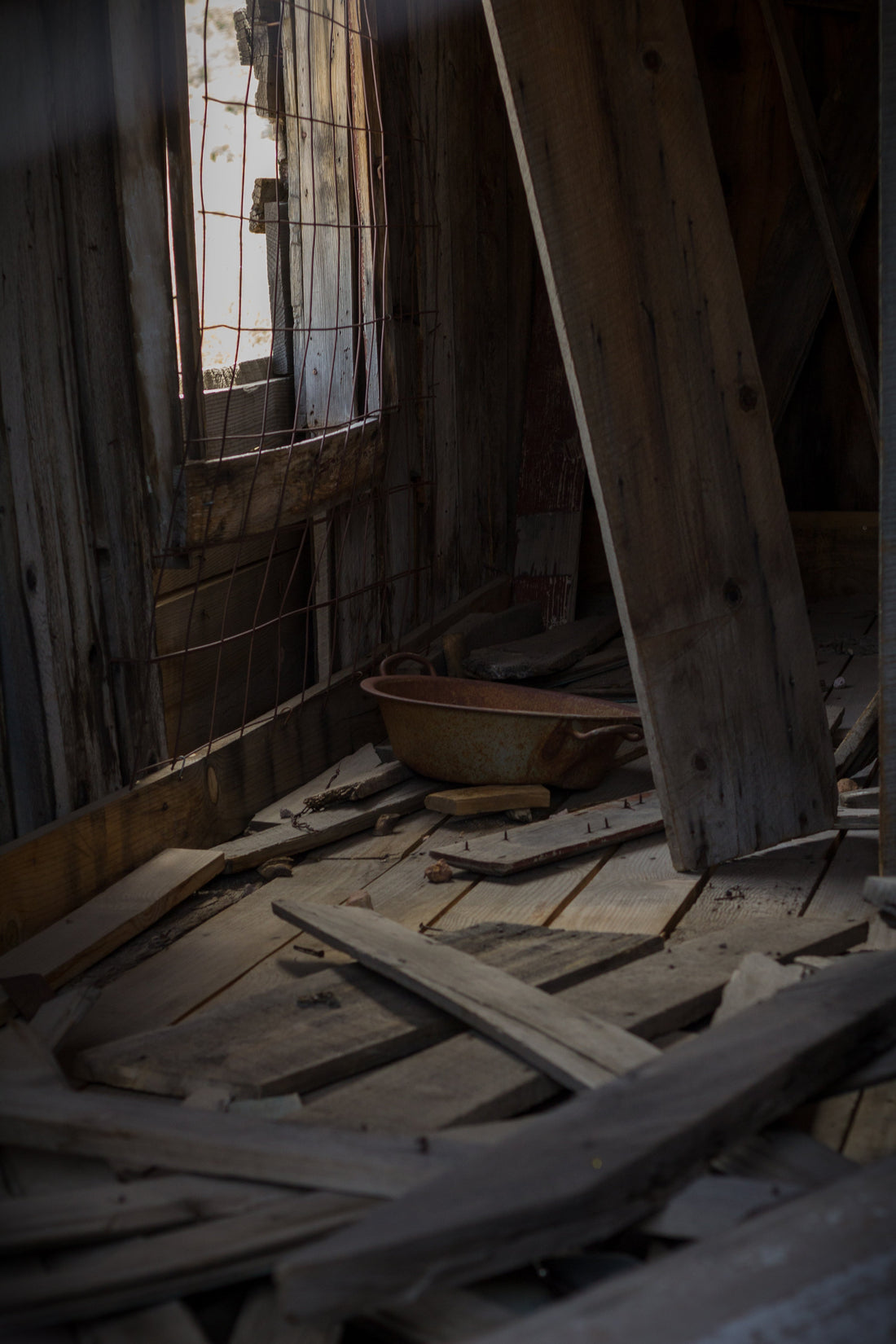
Renovations - it's not just the paint
Share
Why do the highest reported levels of lead contamination in house dust occur in houses that have been recently renovated? Surprisingly, it may not be about the paint.
If you have on old house in a busy urban area, there is another factor to consider which in some cases may be far more significant than any lead paint on the property. Older buildings were deliberately designed to continuously draw in outside air through gaps and vents at the ground level; this air is sucked in as the warmed internal air moves upwards through gaps in the roof and out the chimney (the 'stack effect'). Now remember that airborne lead pollution from petrol and other sources has been billowing around that house for decades. This means decades of polluted air being drawn through the house, depositing particulate in floor voids and eaves as it goes. These are areas that might have never been properly cleaned.
If you don't believe me, sample some of those hidden spaces: you may be shocked at the levels of lead that you find.
Now along comes a builder to take down a wall or ceiling: suddenly that air pollution accumulated over decades is released all together in one instant and dispersed throughout the house. This is why we recommend lead dust tests after any renovations which have opened concealed cavities in the house regardless of whether a risk from lead paint is involved.
